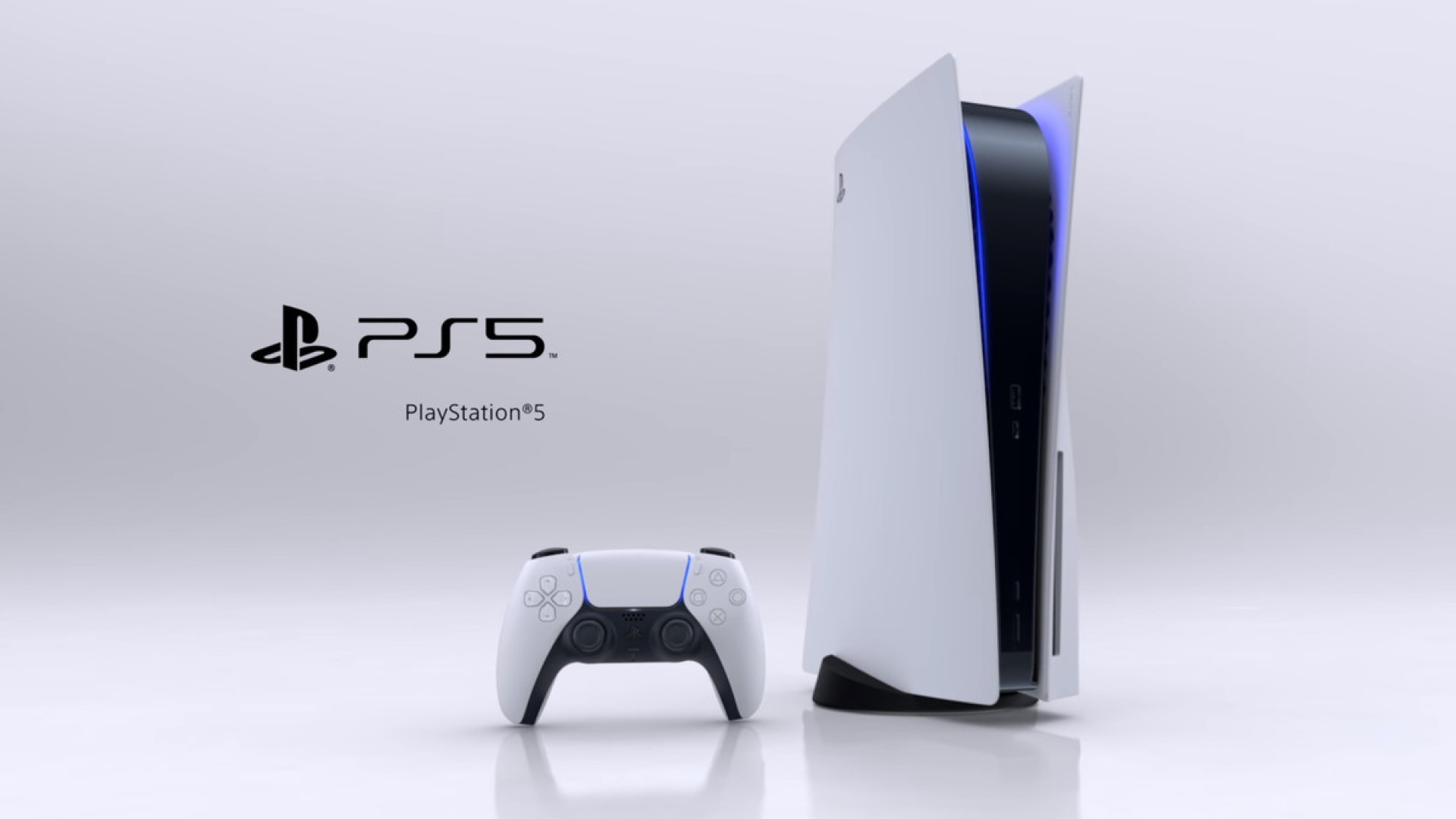
When Sony finally unveiled the PlayStation 5 on June 11th, it was following a showcase of several new titles. Ratchet and Clank returned in Rift Apart; Miles Morales would star in his own Spider-Man title. Polyphony Digital was finally delivering a new mainline Gran Turismo. Returnal represented a stunning new direction for Housemarque, Astro’s Playroom saw the beloved platforming mascot transitioning to non-VR, and Destruction AllStars was…well, present.
Perhaps the two biggest takeaways were Horizon Forbidden West, the follow-up to the successful Zero Dawn, and a remake of Demon’s Souls by Bluepoint Games. There was also something called Project Athia and surely it would become successful down the line.
However, the main attraction was the console’s reveal. The response was…interesting. Many likened it to an oversized router, pondering how different it looked from previous console designs while lamenting how difficult it would be to clean dust. Others were intrigued by the all-digital model without a disc drive. Though Sony didn’t reveal price points, there was still anticipation and hype.
That would further build in September when the company showcased several other big-name games, including Final Fantasy 16 (confirmed as a timed exclusive for the console), Deathloop, Resident Evil Village, and the long-awaited sequel to 2018’s reboot. We even got a release date and prices for both versions of the PS5 – November 12th, with the base version costing $499.99 and the digital version retailing for $399.99.
Nothing too unexpected, but what followed after was sheer pandemonium as pre-orders were announced to have gone live. Occurring earlier than many retailers expected, it led to them suddenly opening up across the world, resulting in a massive rush (and ensuing failures given the same). It was even more hilarious because Sony previously announced a pre-registration program for pre-orders while promising it wouldn’t happen “within a minute’s notice.” Sony would apologize for the mess, releasing more consoles for pre-order and promising even more through the end of the year.
Despite this mess, there was no doubt that the PS5 would become a massive success. Its hardware proved a sizable leap over the PS4, backed by a custom AMD Zen 2 CPU, an RDNA-based GPU, and 16 GB GDDR6 RAM. An extra 512 MB DDR4 RAM was implemented as a controller cache for the brand-spanking new SSD, which promised lightning-fast load times. The only downside of the latter is that it was only 825 GB, with 667 GB usable for installing games and other media. Nevertheless, alongside the Xbox Series X, it would become a rallying point for 4K and 60 FPS and ray tracing for console games.
The era of “premium gaming” was finally upon us…though some titles would eventually have to opt for separate Quality and Performance modes to emphasize native 4K resolution or smooth performance. Then there was the DualSense, which offered brand-new features like adaptive triggers, haptic feedback and a built-in microphone. It promised never-before-seen immersion for titles that supported it, and – annoying drift issues aside – it succeeded.
The PS4 was coming off a very successful run, crossing 106 million units sold as of December 2019. While Sony aggressively pushed for the PS5 to sell even more within the same period, the pandemic would result in chip shortages worldwide. Stock was thus limited but the PS5 still managed to ship 4.5 million units in the fiscal quarter ending December 31st, 2020. That success would only continue into the new year, as it sold ten million consoles by July 18th, 2021, becoming the fastest-selling console to date.
While the initial range of launch exclusives wasn’t too crazy, especially with titles like Sackboy: A Big Adventure and Marvel’s Spider-Man: Miles Morales available on the PS4, the Demon’s Souls remake was already hailed as a Game of the Year contender. Astro’s Playroom was also a great free addition, showcasing the power of the PS5 and DualSense while offering a fun platforming experience. Sony saw some backlash from making Marvel’s Spider-Man Remastered exclusive to the PS5 as a bonus for those who purchased Marvel’s Spider-Man: Miles Morales Ultimate Edition.
The rate of releases picked up after the launch of Destruction AllStars in February 2021 (though sadly it didn’t garner much enthusiasm, even when offered for free on PlayStation Plus). Remastered versions of Nioh 1 and 2 would arrive in February 2021, followed by Returnal in April. The latter received critical acclaim for its story-telling, gameplay and the usage of the PS5’s hardware for seamless load times.
Final Fantasy 7 Remake Intergrade was next, adding new content like the INTERmission DLC focusing on Yuffie and multiple improvements to environmental textures that stuck out on PS4. If that wasn’t enough, Ratchet and Clank: Rift Apart also debuted in June, serving up an incredible 3D platforming adventure.
Ghost of Tsushima Director’s Cut marked another fumble for Sony’s approach to re-releasing “enhanced” versions of its PS4 titles, with original owners having to pay for features like DualSense support, full lip sync for Japanese (which the base game was criticized for lacking), dynamic 4K, and more. Regardless, Sony’s dominance continued with 13.4 million PS5 consoles shipped as of September 30th, 2021. It would end the year with notable titles like Deathloop, Kena: Bridge of Spirits, Death Stranding Director’s Cut, and Solar Ash, but the subsequent years were a “who’s who” of big-name titles and exclusives.
Uncharted: Legacy of Thieves Collection, Horizon Forbidden West, Gran Turismo 7, GhostWire: Tokyo (which was a one-year console exclusive along with Deathloop), and Ragnarok all defined 2022. Several of them would become major successes – Ragnarok sold 5.1 million copies in its launch week. Forbidden West was revealed to have sold over 8.4 million copies as of April 2023. Even titles like The Last of Us Part 1, which many saw as unnecessary given that a remastered version was already available, did well for itself and benefitted from the HBO TV series debuting in January 2023.
The year also marked a major shift in PlayStation Plus, with Sony revamping the service into three tiers – Essential, Extra and Premium. As an answer of sorts to Game Pass, Extra and Premium subscribers would gain access to the Game Catalog, consisting of hundreds of titles to play with more added each month. Premium subscribers could even stream classic PS One, PS2, PS3 and PlayStation Portable titles, with options like up-rendering, quick save, video filters, and quick save for certain titles. Though it was far from competing with Game Pass due to the lack of day one first-party titles, it still evolved as a worthwhile option.
2023 offered some of the biggest PS5 titles to date but started on an awkward note with the failure of Luminous Productions’ Forspoken. Things would improve with Final Fantasy 16 in June, and Baldur’s Gate 3 in September, with the Xbox version of the latter delayed due to issues with local split-screen on the Series S. Marvel’s Spider-Man 2 debuted in October 2023 and subsequently smashed previous records for first-party titles, selling 2.5 million in its first 24 hours. Ragnarok fans were also catered to with the launch of Valhalla, a free expansion and rogue-lite mode with a new story.
The PS5 ended the year with 50 million sales and even saw the introduction of a Slim model with a larger SSD and a Digital Edition that lacked a Blu-ray disc drive (which could be purchased separately). It also saw a bizarre shift in strategy. Known for its single-player focused titles, it announced plans to release 12 live service games by April 2026.
Of course, several of those, including Naughty Dog’s multiplayer title based on The Last of Us, would be cancelled. Sony still committed to the live service approach by showcasing games like Concord and Fairgame$ in 2024, but with the announcement of no new titles in major franchises before April 2025, there was some worry.
However, 2024 still saw a slew of first-party releases, from Rise of the Ronin (which sold well for Koei Tecmo despite not being critically acclaimed) and Helldivers 2 to Astro Bot and Horizon Zero Dawn Remastered. Concord arrived and failed within two weeks, with Sony subsequently shuttering the studio, adding to layoffs announced earlier in the year (including the closure of Sony London).
The PS5 was supported by an extraordinary line-up of third-party titles, including Stellar Blade, Final Fantasy 7 Rebirth, Black Myth: Wukong and Silent Hill 2 remake. It also benefited from Microsoft shifting strategies for its titles and making games like Hi-Fi Rush and Sea of Thieves available for PlayStation.
Even in a relatively “slower” year, the PS5 still stands as a must-own console, especially for first-party exclusives. The PS5 Pro caused more than its share of backlash with the $699.99 price but has emerged post-launch as a decent alternative for even more visual fidelity and performance. Hardware like PlayStation VR2 has underwhelmed, but PlayStation Portal has emerged as a surprising success. Sony revealed that the PS5 Slim would get a price drop for the holidays, retailing at $379.99 until December 24th. However, it’s since pulled the ad and removed any mention of the deal.
The future of the brand is looking pretty bright with Ghost of Yotei, Sucker Punch’s sequel to Ghost of Tsushima, out next year and marking the beginning of “major single-player titles” yearly from Sony. There’s also the likes of Death Stranding 2: On the Beach to look forward to, and we’ve yet to see what developers like Bend Studio have in store. With 65.5 million units shipped worldwide, the PS5 is only just getting started.
Note: The views expressed in this article are those of the author and do not necessarily represent the views of, and should not be attributed to, GamingBolt as an organization.

















